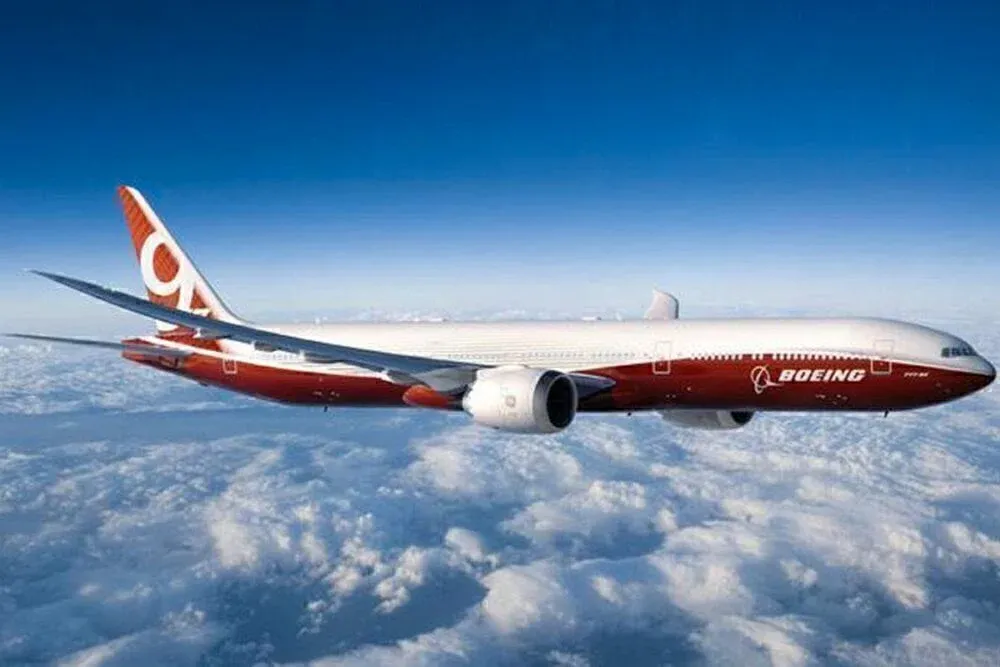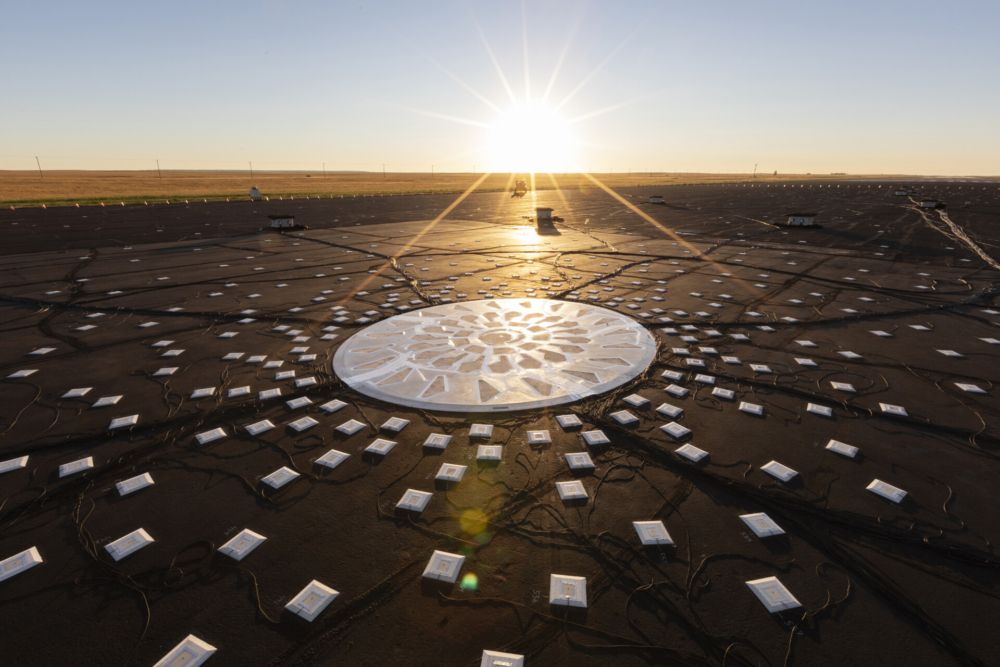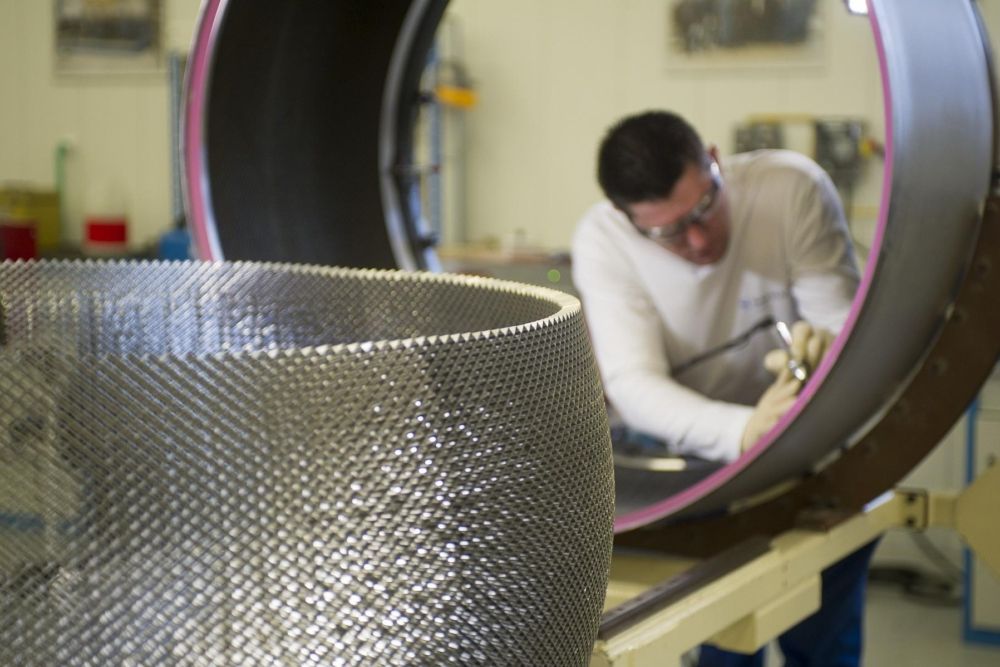Those keen to identify one plane type from another may notice a key defining feature of Boeing's latest jets in the engine area. On some modern Boeings, the engine covers are serrated towards the back, a feature known as 'chevrons'. This technology has been adopted in a bid to reduce engine blast noise, and in tests, was found to reduce fan tones by up to 15 decibels on the ground and in the forward cabin.
Boeing defined this technology as part of its second Quiet Technology Demonstrator (QTD) program in 2005. Since then, it has adopted it for several of its newest aircraft. But Airbus never has, despite releasing new and updated versions of its products in the years since. Why not?
Airplanes using chevrons
First, let's take a look at where these chevrons do exist. You'll find this interesting feature on the following Boeing aircraft:
- All 787 Dreamliners, regardless of whether they are fitted with General Electric GEnx or Rolls-Royce Trent 1000 engines
- All sizes of 737 MAX aircraft, which all use CFM LEAP-1B engines
- The last generation of 747, the 747-8. Both the passenger and freighter variants use a similar engine to the one used on the 787 - a variant of the General Electric GEnx
The benefit to the aircraft of using these engine covers is not only the noise suppression itself. Because the noise from the engines is so effectively reduced, Boeing was able to do away with some 600 lbs (272 kg) of sidewall insulation in the Boeing 787 Dreamliner. Weight reduction equals lower fuel burn, thereby contributing to the impressive operating economics of the 787.
The technology was developed in partnership with NASA and General Electric as part of the QTD2 program, which used a Boeing 777-300ER to test noise reduction strategies. Boeing said that the 777 was an excellent benchmark for noise testing, given that it was already the quietest airplane in its class.
Stay informed: Sign up for our aviation news email digests.
Why Airbus doesn't use chevrons
Being rivals in the space of commercial aviation, Airbus and Boeing tend not to share technology. Boeing did hold a patent for the serrated engine nacelles, as well as the serrations on the engine nozzles underneath, although it expired in June 2021. But was it this patent that was preventing Airbus from implementing this technology in its own aircraft?
Not according to A350 chief engineer Dougie Hunter, as referenced in FligthGlobal back in 2006. He told the publication,
“We didn’t get a noise advantage from chevrons, and there is a specific fuel consumption penalty, so we’ve not adopted them."
Indeed, the A350 - Airbus' newest clean-sheet airplane - focuses on using a 'zero splice' acoustic inner barrel to provide a new level of fan noise reduction for the GEnx engines. By focusing on insulation and high bypass noise reduction strategies, Airbus is achieving a similar outcome, without the additional weight and fuel burn associated with the serrated nacelles.
There are examples of Airbus using serration to reduce engine noise, but only on the exhaust nozzles. For example, this A321-200 below can be seen with noise-reducing chevrons on the exhaust nozzles of the CFM-56.
But, in general, Airbus has not found a need to use chevrons on its engines, preferring to achieve noise reduction in other ways.
Boeing has ditched it too
Interestingly, despite using chevrons extensively in the development of the 787 and MAX, Boeing has now moved away from this technology with its newest aircraft - the 777X. Early renderings of the plane showed that it would have serrated engine covers, but when the real deal rolled out of the factory for the first time, it most certainly did not.
Boeing has said that, although this technology served a purpose at the time, it is now an obsolete technology. Although it reduces noise, it comes at a cost in terms of drag, weight and therefore fuel burn. Boeing and GE worked together to develop a solution that no longer required the chevrons to be installed.
These solutions were tested as part of the ecoDemonstraor program in 2020, which used an Etihad 787-10. Simple Flying spoke to Chris Raymond, Boeing's Chief Sustainability Officer, about the results of this, and how it was influencing the development of the Boeing 777X. He told us,
“The Etihad Dreamliner had one of the most extensive noise testings that we'd ever done. In partnership with NASA, there were 1,000 microphones put on the ground, 200 put on the airplane. That led to some acoustic treatments in the engine itself that we think can also further reduce the noise of the engine.”
The outcome is a new nozzle design that eliminates the need for the chevrons. Safran has also been working to further drive down the noise of the 777X engines, applying honeycomb acoustic treatment in strategic areas of the GE9X exhaust system, drilling thousands of holes in the composite skin to disperse and capture noise in the core. Safran says that this significantly reduces the engine noise.
For Airbus, serrated engine covers were never seen as a requirement for a quiet aircraft. It seems that for Boeing too, these features will soon be a thing of the past.
Have you noticed chevrons on an aircraft you've flown? Was it a quiet ride? Let us know in the comments!

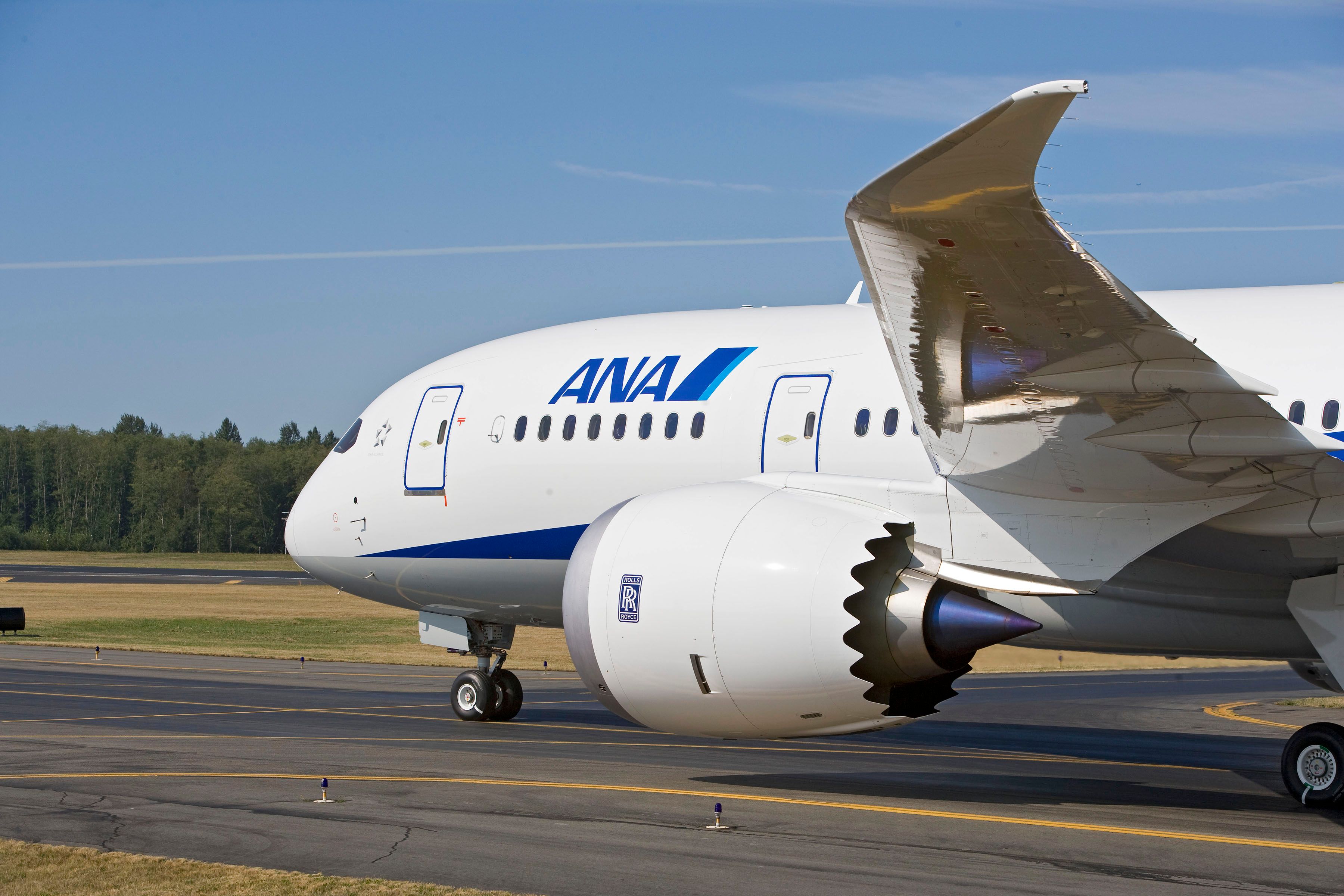
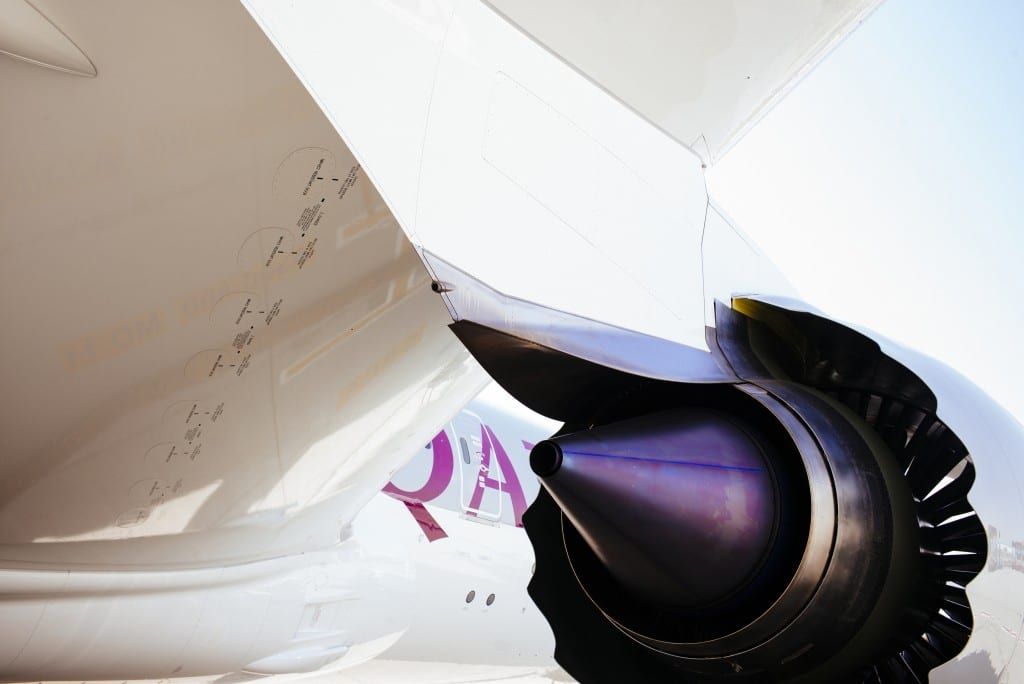
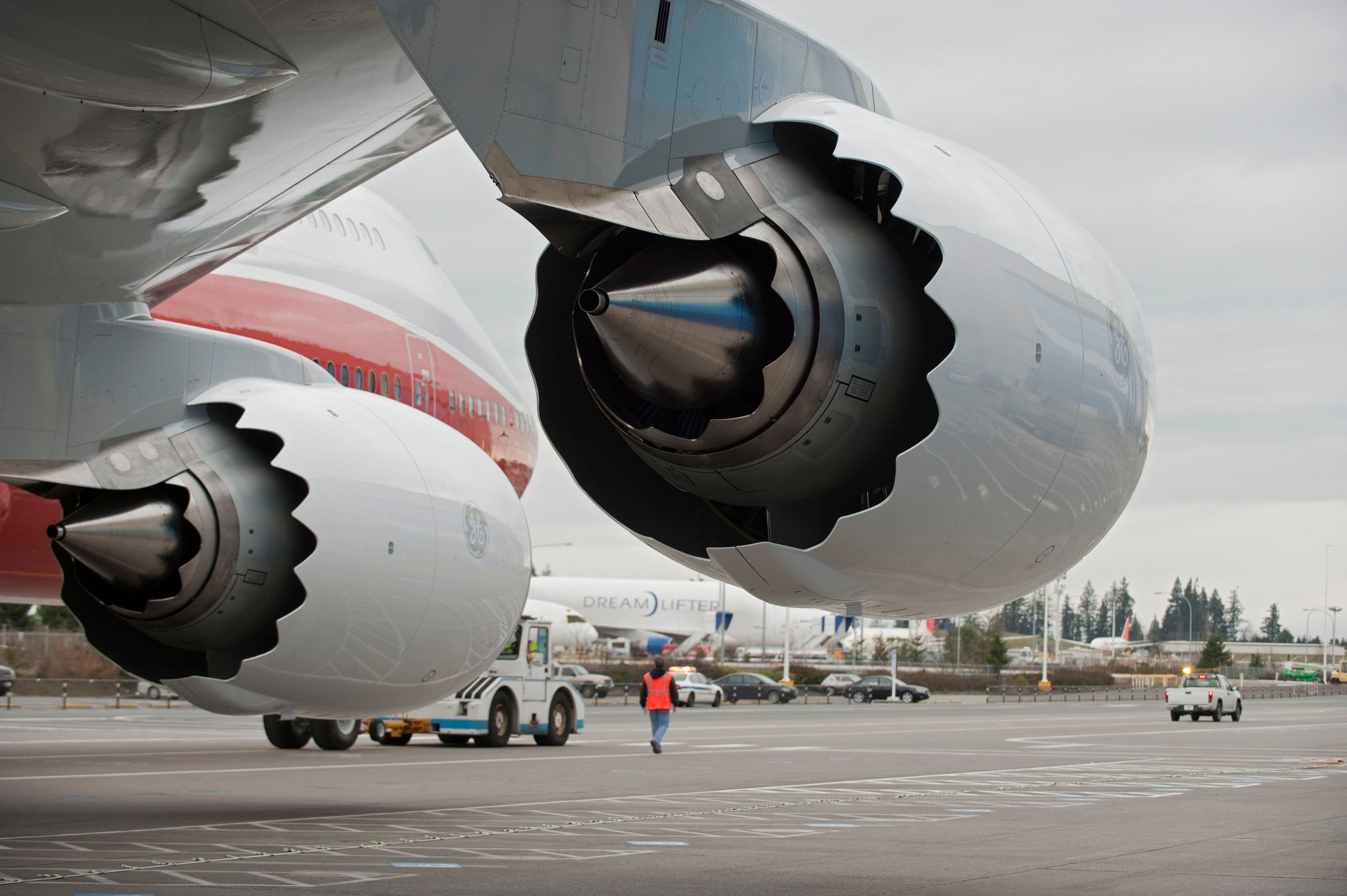
.jpeg)
